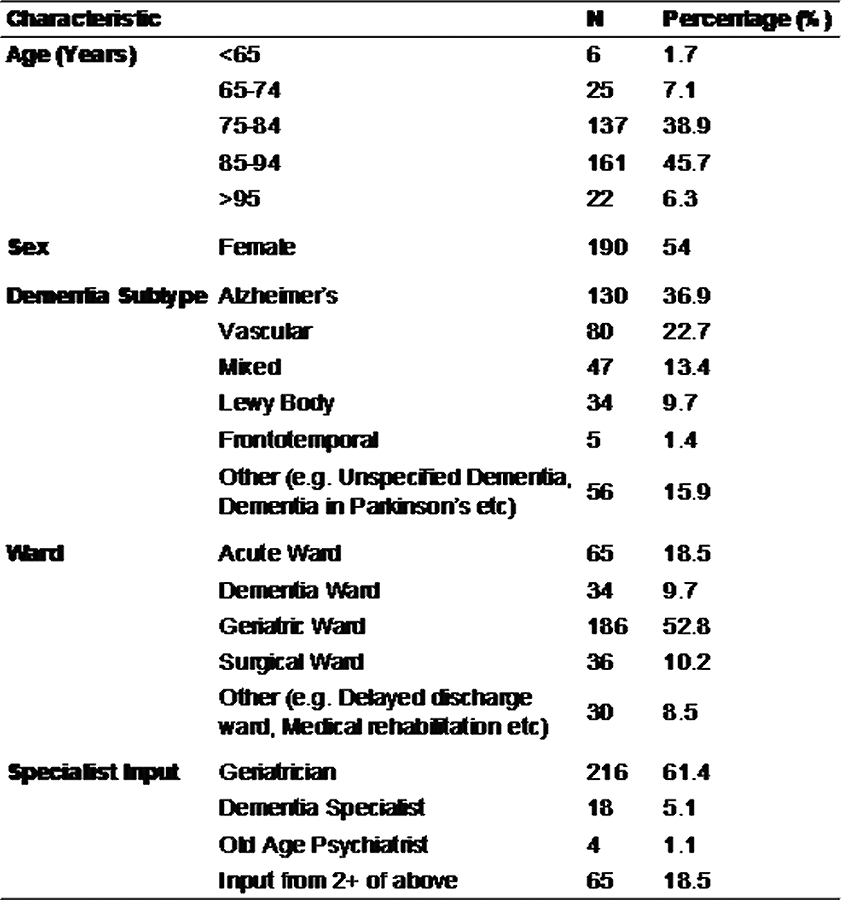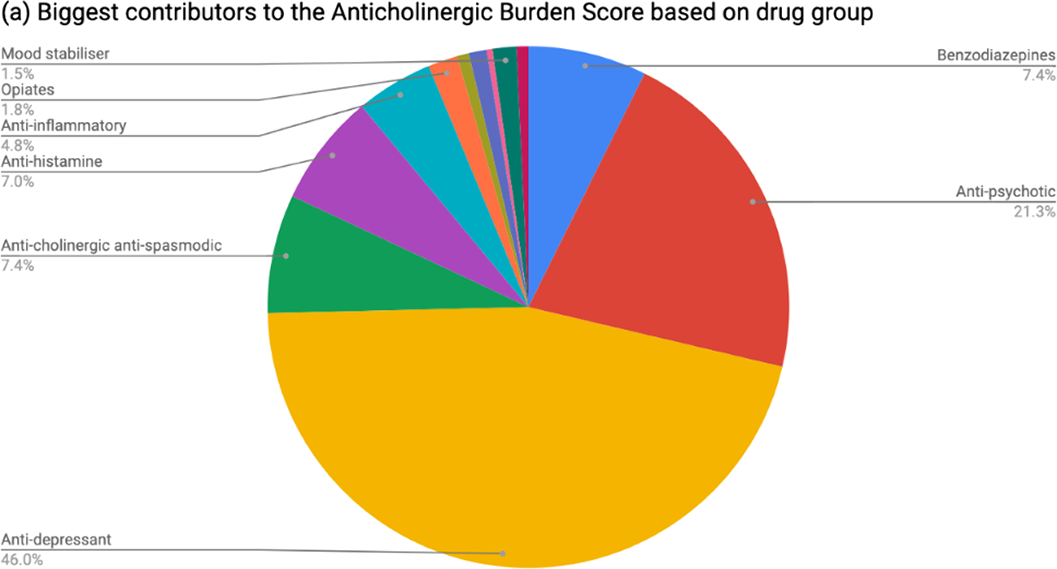137 results
Community-based participatory research initiative to assess the scope of alcohol use within the community of refugees from Burma in the greater Denver area
-
- Journal:
- European Psychiatry / Volume 66 / Issue S1 / March 2023
- Published online by Cambridge University Press:
- 19 July 2023, pp. S815-S816
-
- Article
-
- You have access
- Open access
- Export citation
AbGradCon 2021: lessons in digital meetings, international collaboration, and interdisciplinarity in astrobiology
-
- Journal:
- International Journal of Astrobiology / Volume 21 / Issue 6 / December 2022
- Published online by Cambridge University Press:
- 06 July 2022, pp. 497-523
-
- Article
-
- You have access
- Open access
- HTML
- Export citation
Future aircraft concepts and design methods
- Part of
-
- Journal:
- The Aeronautical Journal / Volume 126 / Issue 1295 / January 2022
- Published online by Cambridge University Press:
- 06 December 2021, pp. 92-124
-
- Article
- Export citation
The role of interoception in the mechanism of pain and fatigue in fibromyalgia and myalgic encephalomyelitis/chronic fatigue syndrome (ME/CFS)
-
- Journal:
- European Psychiatry / Volume 64 / Issue S1 / April 2021
- Published online by Cambridge University Press:
- 13 August 2021, p. S139
-
- Article
-
- You have access
- Open access
- Export citation
Dementia patients have greater anti-cholinergic drug burden on discharge from hospital: A multicentre cross-sectional study
-
- Journal:
- European Psychiatry / Volume 64 / Issue S1 / April 2021
- Published online by Cambridge University Press:
- 13 August 2021, pp. S422-S423
-
- Article
-
- You have access
- Open access
- Export citation
Serotonin receptor gene expression in the pathology of schizophrenia
-
- Journal:
- European Psychiatry / Volume 17 / Issue S1 / May 2002
- Published online by Cambridge University Press:
- 16 April 2020, p. 24s
-
- Article
-
- You have access
- Export citation
EPA-1248 – Donepezil Prescribing Pattern in Dementia: An Audit From Gateshead memory service
-
- Journal:
- European Psychiatry / Volume 29 / Issue S1 / 2014
- Published online by Cambridge University Press:
- 15 April 2020, p. 1
-
- Article
-
- You have access
- Export citation
Joint Hypermobility Syndrome and Anxiety Disorder: Structural Brain Correlates
-
- Journal:
- European Psychiatry / Volume 41 / Issue S1 / April 2017
- Published online by Cambridge University Press:
- 23 March 2020, pp. S233-S234
-
- Article
-
- You have access
- HTML
- Export citation
Student psychiatry audit and research collaborative (SPARC): A new UK initiative to improve recruitment in psychiatry
-
- Journal:
- European Psychiatry / Volume 41 / Issue S1 / April 2017
- Published online by Cambridge University Press:
- 23 March 2020, pp. S735-S736
-
- Article
-
- You have access
- Export citation
Assessing the risk of venous thromboembolism in psychiatric in-patients
-
- Journal:
- European Psychiatry / Volume 41 / Issue S1 / April 2017
- Published online by Cambridge University Press:
- 23 March 2020, p. S686
-
- Article
-
- You have access
- Export citation
Chapter One - Microbiomes of soils, plants and animals: an introduction
-
-
- Book:
- Microbiomes of Soils, Plants and Animals
- Published online:
- 07 March 2020
- Print publication:
- 12 March 2020, pp 1-7
-
- Chapter
- Export citation
Fundamental physics with the Square Kilometre Array
- Part of
-
- Journal:
- Publications of the Astronomical Society of Australia / Volume 37 / 2020
- Published online by Cambridge University Press:
- 27 January 2020, e002
-
- Article
-
- You have access
- HTML
- Export citation
Soft tissue head and neck sarcoma: experience of a tertiary referral centre over a 15-year period
-
- Journal:
- The Journal of Laryngology & Otology / Volume 133 / Issue 12 / December 2019
- Published online by Cambridge University Press:
- 29 November 2019, pp. 1053-1058
- Print publication:
- December 2019
-
- Article
- Export citation
Post-jökulhlaup geomorphic evolution of the Gígjökull Basin, Iceland
-
- Journal:
- Annals of Glaciology / Volume 60 / Issue 80 / December 2019
- Published online by Cambridge University Press:
- 10 October 2019, pp. 127-137
-
- Article
-
- You have access
- Open access
- HTML
- Export citation
Equivalency of the diagnostic accuracy of the PHQ-8 and PHQ-9: a systematic review and individual participant data meta-analysis – ERRATUM
-
- Journal:
- Psychological Medicine / Volume 50 / Issue 16 / December 2020
- Published online by Cambridge University Press:
- 19 August 2019, p. 2816
-
- Article
-
- You have access
- HTML
- Export citation
Equivalency of the diagnostic accuracy of the PHQ-8 and PHQ-9: a systematic review and individual participant data meta-analysis
-
- Journal:
- Psychological Medicine / Volume 50 / Issue 8 / June 2020
- Published online by Cambridge University Press:
- 12 July 2019, pp. 1368-1380
-
- Article
- Export citation
Electro-fluorescence studies of the binding of fluorescent dyes to sepiolite
-
- Journal:
- Clay Minerals / Volume 31 / Issue 1 / March 1996
- Published online by Cambridge University Press:
- 09 July 2018, pp. 81-94
-
- Article
- Export citation
Release of uranium from candidate wasteforms
-
- Journal:
- Mineralogical Magazine / Volume 76 / Issue 8 / December 2012
- Published online by Cambridge University Press:
- 05 July 2018, pp. 2939-2948
-
- Article
-
- You have access
- Open access
- Export citation
Chemical variation in micas from the Cairngorm pluton, Scotland
-
- Journal:
- Mineralogical Magazine / Volume 54 / Issue 376 / September 1990
- Published online by Cambridge University Press:
- 05 July 2018, pp. 355-366
-
- Article
- Export citation
Magmatic Garnets in the Cairngorm Granite, Scotland
-
- Journal:
- Mineralogical Magazine / Volume 52 / Issue 368 / December 1988
- Published online by Cambridge University Press:
- 05 July 2018, pp. 659-667
-
- Article
- Export citation





